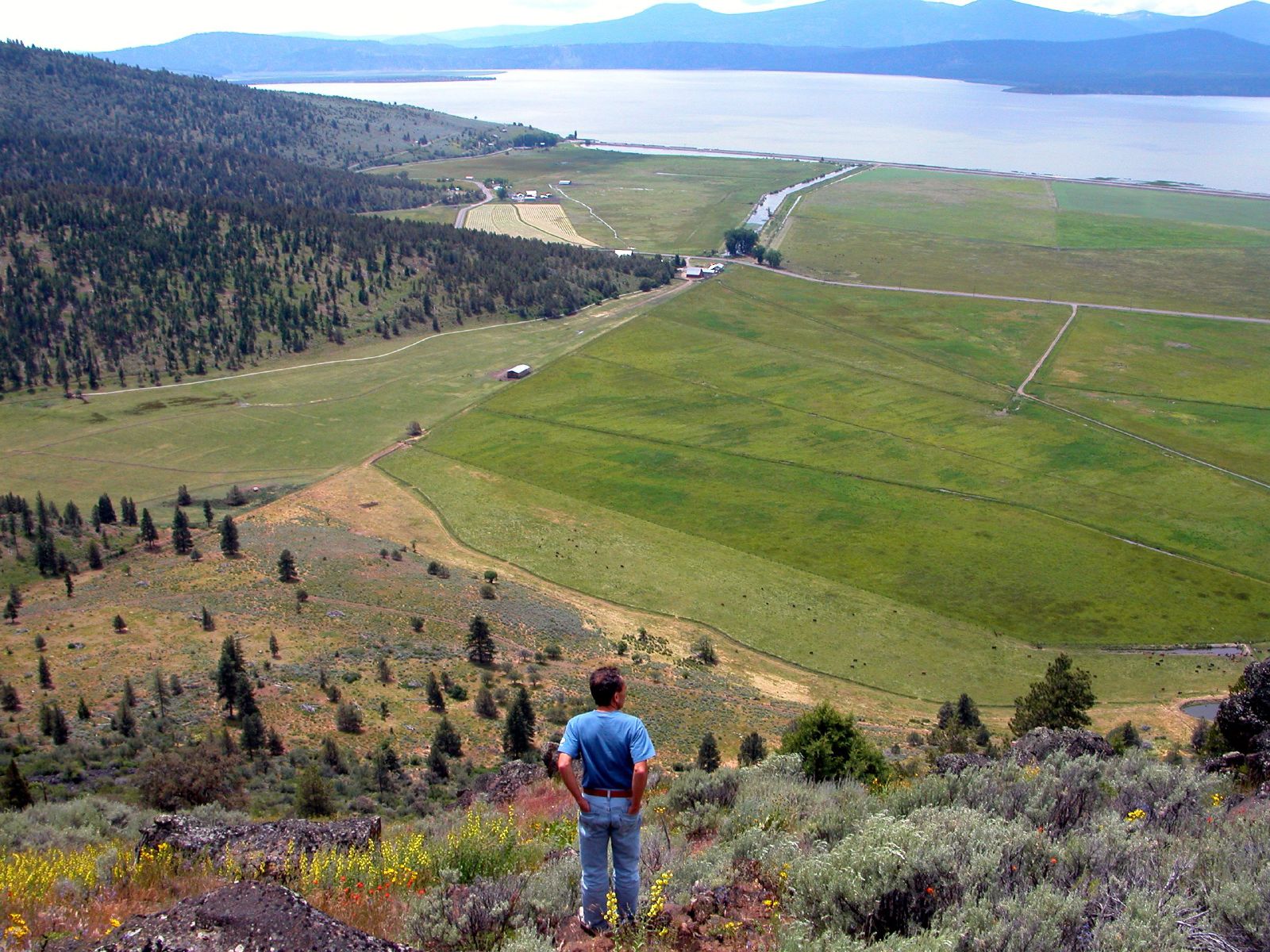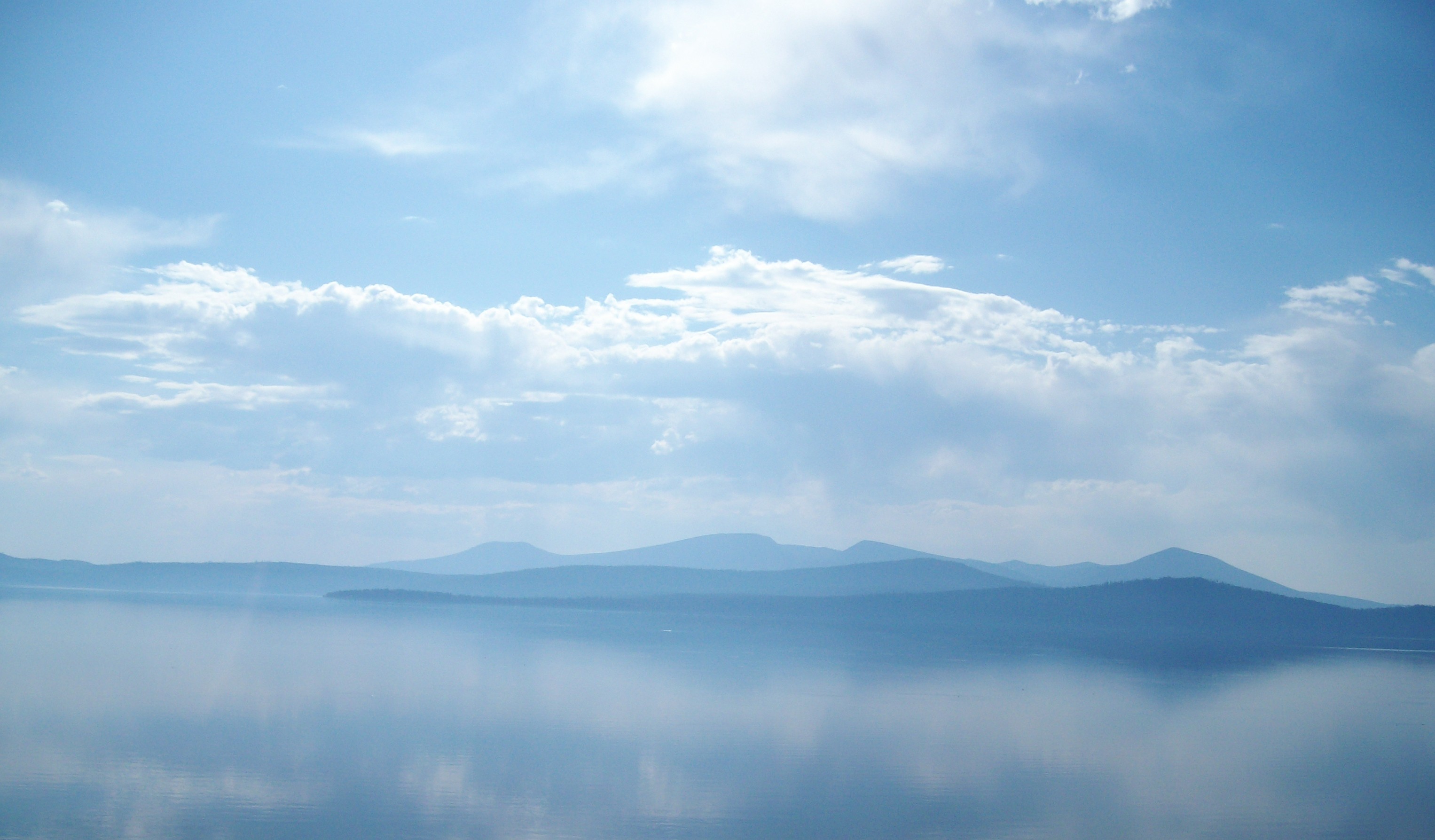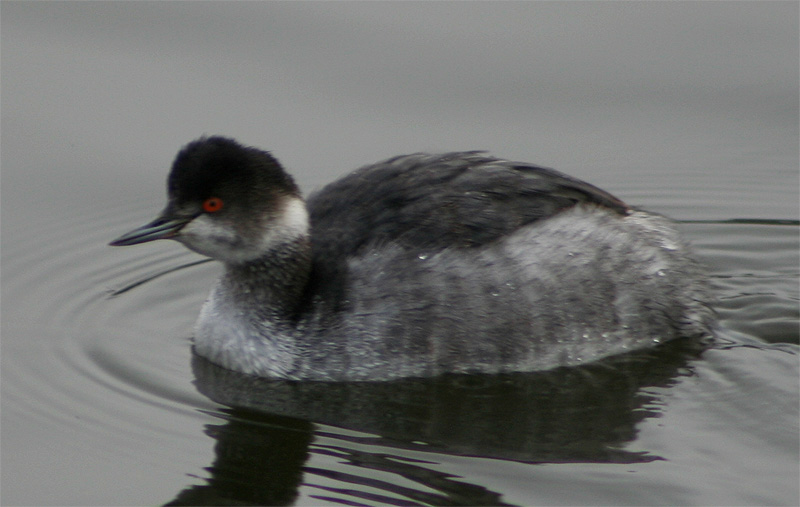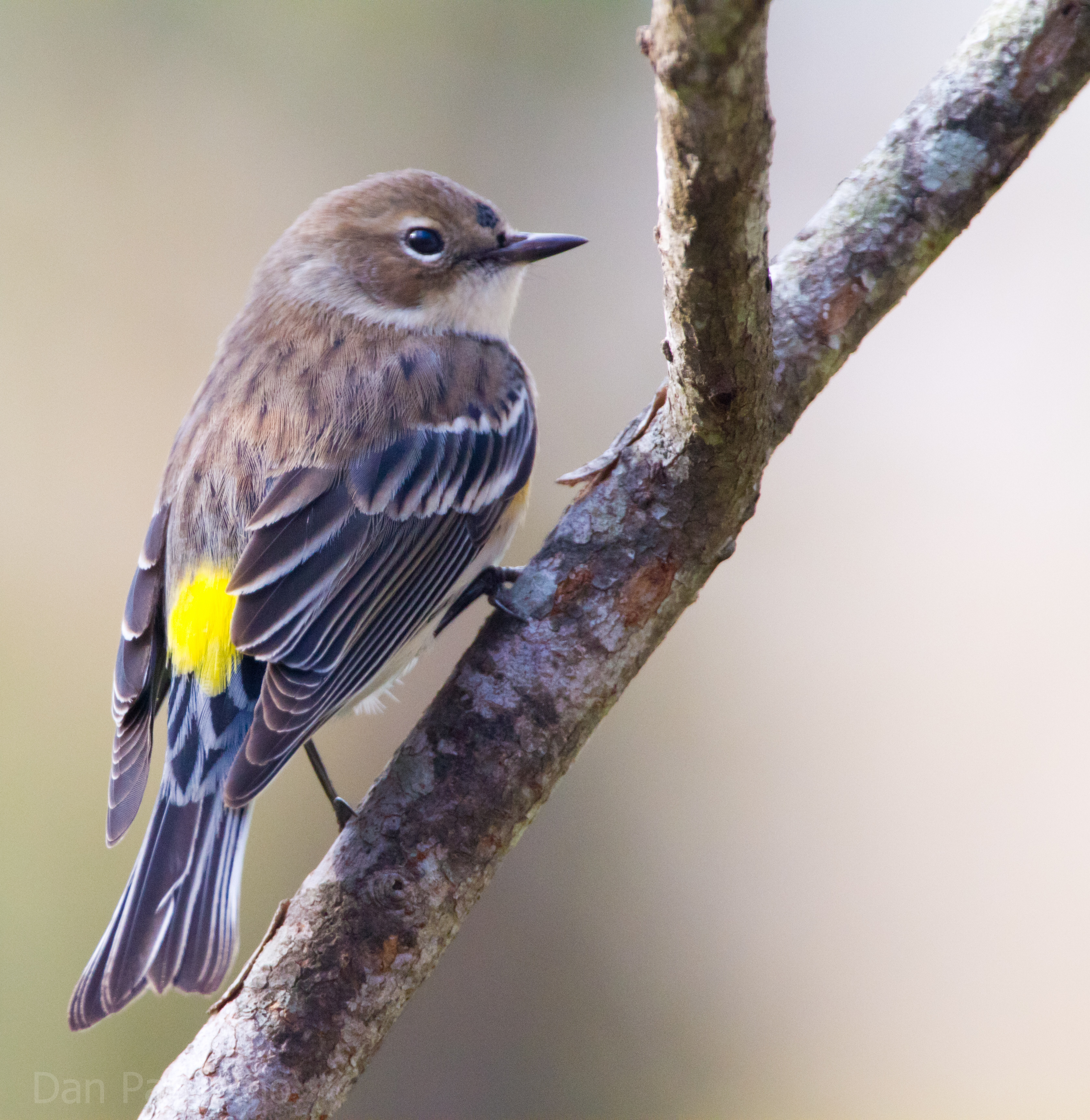|
Eagle Ridge County Park
Eagle Ridge County Park is a member of the Klamath County, Oregon, parks system. It is located on the Eagle Ridge peninsula fifteen miles west of Klamath Falls. Access is via four miles of gravel road. It consists of 634.88 acres of land, mostly hilly, on the shore of Upper Klamath Lake and Shoalwater Bay. Wildlife commonly seen in the area of the park include hawks, pelicans and other water birds, including Clark’s, Western, and eared grebes and black tern. Numbered among the forest birds are western tanager, yellow-rumped warbler, house wren, chipping sparrow, and Cassin's vireo Cassin's vireo (''Vireo cassinii'') is a small North American songbird, ranging from southern British Columbia in Canada through the western coastal states of the United States. This bird migrates, spending the winter from southern Arizona (th .... The park is site number 170 on the Oregon Cascades Birding Trai Hunting is not allowed in the park, though fishing is permitted, and there's a boa ... [...More Info...] [...Related Items...] OR: [Wikipedia] [Google] [Baidu] |
Klamath County, Oregon
Klamath County ( ) is one of the 36 counties in the U.S. state of Oregon. As of the 2020 census, the population was 69,413. The county seat is Klamath Falls. The county was named for the Klamath, the tribe of Native Americans living in the area at the time the first European explorers entered the region. Klamath County comprises the Klamath Falls, OR Micropolitan Statistical Area. History The Klamath or ''Clamitte'' tribe of Indians, for which Klamath County was named, are the descendants of varying cultures of indigenous peoples, who have lived in the area for more than 10,000 years. When European-Americans began to travel through the area in 1846 along the Applegate Trail, they competed with the Klamath for game and water, which precipitated clashes between the peoples. This was exacerbated by European-American settlers, who cleared the land to farm and encroached on hunting territory. They were successful in demanding the removal of American Indians to reservations. The ... [...More Info...] [...Related Items...] OR: [Wikipedia] [Google] [Baidu] |
Klamath Falls, Oregon
Klamath Falls ( ) is a city in and the county seat of Klamath County, Oregon, United States. The city was originally called ''Linkville'' when George Nurse founded the town in 1867. It was named after the Link River, on whose falls the city was sited. The name was changed to Klamath Falls in 1893. The population was 21,813 at the 2020 census. The city is on the southeastern shore of the Upper Klamath Lake located about northwest of Reno, Nevada, and approximately north of the California–Oregon border. Logging was Klamath Falls's first major industry. Etymology At its founding in 1867, Klamath Falls was named Linkville. The name was changed to Klamath Falls in 1892–93. The name ''Klamath'' , may be a variation of the descriptive native for "people" Chinookan] used by the indigenous peoples of the Northwest Plateau to refer to the region. Several locatives derived from the Modoc or Achomawi: ''lutuami'', lit: "lake dwellers", ''móatakni'', "tule lake dwellers", respective ... [...More Info...] [...Related Items...] OR: [Wikipedia] [Google] [Baidu] |
Upper Klamath Lake
Upper Klamath Lake (sometimes called Klamath Lake) ( Klamath: ?ews, "lake" ) is a large, shallow freshwater lake east of the Cascade Range in south-central Oregon in the United States. The largest body of fresh water by surface area in Oregon, it is approximately long and wide and extends northwest from the city of Klamath Falls. It sits at an average elevation of . In the early 20th century, most of the wetlands and marshes surrounding the lake were drained for agricultural purposes, damaging the larger habitat. The lake's water has been used to support the federal Klamath Project for irrigation by local farmers for a century. The lake depth fluctuates due to regulation of its water supply, averaging between deep. The lake level is kept within above sea level to ensure a viable fishery in the lake and to protect coho salmon in the Klamath River below the lake. Upper Klamath Lake is fed by a watershed of including the Williamson and Wood Rivers, and is drained by the K ... [...More Info...] [...Related Items...] OR: [Wikipedia] [Google] [Baidu] |
Hawks
Hawks are birds of prey of the family Accipitridae. They are widely distributed and are found on all continents except Antarctica. * The subfamily Accipitrinae includes goshawks, sparrowhawks, sharp-shinned hawks and others. This subfamily are mainly woodland birds with long tails and high visual acuity. They hunt by dashing suddenly from a concealed perch. * In America, members of the ''Buteo'' group are also called hawks; this group is called buzzards in other parts of the world. Generally, buteos have broad wings and sturdy builds. They are relatively larger-winged, shorter-tailed and fly further distances in open areas than accipiters. Buteos descend or pounce on their prey rather than hunting in a fast horizontal pursuit. The terms ''accipitrine hawk'' and ''buteonine hawk'' are used to distinguish between the types in regions where ''hawk'' applies to both. The term ''"true hawk"'' is sometimes used for the accipitrine hawks in regions where ''buzzard'' is preferred fo ... [...More Info...] [...Related Items...] OR: [Wikipedia] [Google] [Baidu] |
Pelicans
Pelicans (genus ''Pelecanus'') are a genus of large water birds that make up the family Pelecanidae. They are characterized by a long beak and a large throat pouch used for catching prey and draining water from the scooped-up contents before swallowing. They have predominantly pale plumage, except for the brown and Peruvian pelicans. The bills, pouches, and bare facial skin of all pelicans become brightly coloured before the breeding season. The eight living pelican species have a patchy global distribution, ranging latitudinally from the tropics to the temperate zone, though they are absent from interior South America and from polar regions and the open ocean. Long thought to be related to frigatebirds, cormorants, tropicbirds, and gannets and boobies, pelicans instead are now known to be most closely related to the shoebill and hamerkop, and are placed in the order Pelecaniformes. Ibises, spoonbills, herons, and bitterns have been classified in the same order. Fossil eviden ... [...More Info...] [...Related Items...] OR: [Wikipedia] [Google] [Baidu] |
Clark's Grebe
Clark's grebe (''Aechmophorus clarkii'') is a North American waterbird species in the grebe family. Until the 1980s, it was thought to be a pale Polymorphism (biology), morph of the western grebe, which it resembles in size, range, and behavior. Intermediates between the two species are known. This species nests on large inland lakes in western North America and bird migration, migrates to the Pacific coast over the winter. It maintains local populations year-round in California, Nevada, and Arizona (the Lower Colorado River Valley), as well as in central Mexico. It feeds by diving for insects, polychaete worms, crustaceans, and salamanders. It performs the same elaborate courtship display as the western grebe. Etymology and common names The "Clark" of its common name—and its specific epithet ''clarkii''—honors John Henry Clark, a 19th-century American surveyor who was also a naturalist and collector. The genus name ''Aechmophorus'' comes from the Ancient Greek words αἰ ... [...More Info...] [...Related Items...] OR: [Wikipedia] [Google] [Baidu] |
Western Grebe
The western grebe (''Aechmophorus occidentalis'') is a species in the grebe family of water birds. Folk names include "dabchick", "swan grebe" and "swan-necked grebe". Western grebe fossils from the Late Pleistocene of southwest North America were described as a distinct species, but later ranked as a paleosubspecies ''Aechmophorus occidentalis lucasi''. More recent study found them to fall within the variation now known to exist in today's birds. Description The western grebe is the largest North American grebe. It is long, weighs and measures across the wings.''CRC Handbook of Avian Body Masses'' by John B. Dunning Jr. (Editor). CRC Press (1992), .Burnie D and Wilson DE (Eds.), ''Animal: The Definitive Visual Guide to the World's Wildlife''. DK Adult (2005), It is black-and-white, with a long, slender, swan-like neck and red eyes. It is easily confused with Clark's grebe, which shares similar features, body size, behavior and habitat, and Hybrid (biology), hybrids are known ... [...More Info...] [...Related Items...] OR: [Wikipedia] [Google] [Baidu] |
Eared Grebe
The black-necked grebe or eared grebe (''Podiceps nigricollis'') is a member of the grebe family of water birds. It was described in 1831 by Christian Ludwig Brehm. There are currently three accepted subspecies, including the nominate subspecies. Its breeding plumage features a distinctive ochre-coloured plumage which extends behind its eye and over its ear coverts. The rest of the upper parts, including the head, neck, and breast, are coloured black to blackish brown. The flanks are tawny rufous to maroon-chestnut, and the abdomen is white. When in its non-breeding plumage, this bird has greyish-black upper parts, including the top of the head and a vertical stripe on the back of the neck. The flanks are also greyish-black. The rest of the body is a white or whitish colour. The juvenile has more brown in its darker areas. The subspecies ''californicus'' can be distinguished from the nominate by the former's usually longer bill. The other subspecies, ''P. n. gurneyi'', can be di ... [...More Info...] [...Related Items...] OR: [Wikipedia] [Google] [Baidu] |
Black Tern
The black tern (''Chlidonias niger'') is a small tern generally found in or near inland water in Europe, Western Asia and North America. As its name suggests, it has predominantly dark plumage. In some lights it can appear blue in the breeding season, hence the old English name "blue darr". The genus name is from Ancient Greek ''khelidonios'', "swallow-like", from ''khelidon'', "swallow": another old English name for the black tern is "carr (i.e. lake) swallow". The species name is from Latin ''niger'' "shining black". Description Adults are long, with a wingspan , and weigh . They have short dark legs and a short, weak-looking black bill, measuring , nearly as long as the head. The bill is long, slender, and looks slightly decurved. They have a dark grey back, with a white forewing, black head, neck (occasionally suffused with grey in the adult) and belly, black or blackish-brown cap (which unites in color with the ear coverts, forming an almost complete hood), and a light ... [...More Info...] [...Related Items...] OR: [Wikipedia] [Google] [Baidu] |
Western Tanager
The western tanager (''Piranga ludoviciana''), is a medium-sized American songbird. Formerly placed in the tanager family (Thraupidae), other members of its genus and it are classified in the cardinal family (Cardinalidae). The species's plumage and vocalizations are similar to other members of the cardinal family. Taxonomy The western tanager was illustrated and formally described by American ornithologist Alexander Wilson in 1811 under the binomial name ''Tanagra ludoviciana'' from a specimen collected on the Lewis and Clark Expedition (1803-1806). The type locality is Kamiah, Idaho. The specific epithet is from the Late Latin ''ludovicianus'' for "Louis". The name is from Louisiana, the 18th-century French administrative district of New France, rather than the modern state. The western tanager is now placed in the genus ''Piranga'' that was introduced by French ornithologist Louis Jean Pierre Vieillot in 1808. The species is monotypic; no subspecies are recognized. Descr ... [...More Info...] [...Related Items...] OR: [Wikipedia] [Google] [Baidu] |
Yellow-rumped Warbler
The yellow-rumped warbler (''Setophaga coronata'') is a regular North American bird species that can be commonly observed all across the continent. Its extensive distribution range connects both the Pacific and Atlantic coasts of the U.S. as well as Canada and Central America, with the population concentrating in the continent's northern parts during the breeding season and migrating southwards to southern North and Central America in Winter. The species generally prefers coniferous forests or mixed coniferous-deciduous forests as its breeding habitat, while during the winter it can be found inhabiting more open areas such as shrublands that offer food resources. The diet of the yellow-rumped warbler is based primarily on insects, though the species does eat fruits such as juniper berries as well, especially in winter. The species combines four closely related forms: the eastern myrtle warbler (spp. ''coronata''); its western counterpart, Audubon's warbler (spp. group ''auduboni' ... [...More Info...] [...Related Items...] OR: [Wikipedia] [Google] [Baidu] |
House Wren
The house wren (''Troglodytes aedon'') is a very small bird of the wren family, Troglodytidae. It occurs from Canada to southernmost South America, and is thus the most widely distributed native bird in the Americas. It occurs in most suburban areas in its range and it is the single most common wren. Its taxonomy is highly complex and some subspecies groups are often considered separate species. The name ''troglodytes'' means "hole dweller", and is a reference to bird's tendency to disappear into crevices when hunting insects or to seek shelter. Taxonomy The house wren was formally described in 1809 by the French ornithologist Louis Jean Pierre Vieillot under the current binomial name ''Troglodytes aedon''. The specific epithet is from the Ancient Greek ''aēdōn'' meaning "nightingale". The type locality was designated as New York City by Harry Oberholser in 1934. There are 32 recognised subspecies. These are sometimes divided into three distinct groups and one or several dis ... [...More Info...] [...Related Items...] OR: [Wikipedia] [Google] [Baidu] |










